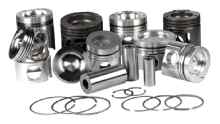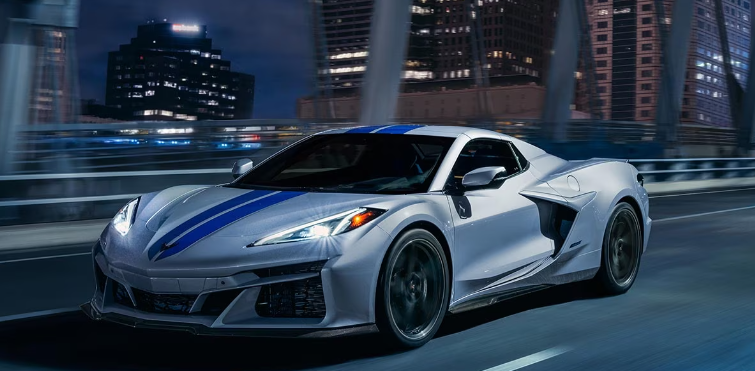Cruising into the Future: Upcoming Tech Shaping New Zealand’s Automotive Landscape
Buckle up, Kiwis! The automotive industry is undergoing a technological revolution, and New Zealand is poised to embrace these advancements. From self-driving capabilities to electric vehicle innovations, the future of driving promises a more connected, efficient, and potentially even hands-free experience. Let’s delve into some of the exciting tech trends that will likely hit New Zealand roads in the coming years:
1. The Rise of Advanced Driver-Assistance Systems (ADAS):
Imagine your car taking some of the stress out of driving. ADAS features like lane departure warnings, blind-spot monitoring, and adaptive cruise control are already available in many new models. As technology advances, expect even more sophisticated ADAS functions to become commonplace, potentially leading to safer roads for all New Zealand drivers.
2. The Self-Driving Revolution: A Kiwi Twist?
While fully autonomous vehicles might still be a few years down the road, New Zealand is well-positioned for testing and development due to its controlled traffic environments and supportive government policies. Keep an eye out for trials of self-driving cars in designated areas, paving the way for a future where Kiwis can kick back and relax during their commutes.
3. Electric Vehicles (EVs) Go Mainstream:
The shift towards EVs is well underway globally, and New Zealand is no exception. Government incentives, coupled with a growing range of affordable and long-range electric vehicles, will likely make EVs a more attractive option for Kiwi drivers. Expect to see more charging infrastructure popping up around the country, making EV ownership a practical choice for longer journeys too.
4. Car Connectivity Gets Smarter:
Get ready for even smarter cars that seamlessly integrate with your digital life. Imagine receiving real-time traffic updates, scheduling car maintenance remotely, or even pre-heating your car on a cold winter morning – all through your smartphone. Connected car technology will offer a new level of convenience and personalization for Kiwi drivers.
5. Vehicle-to-Everything (V2X) Communication:
Picture cars “talking” to each other and to roadside infrastructure. V2X technology allows vehicles to exchange information about traffic conditions, potential hazards, and even optimize traffic flow. This futuristic concept holds immense potential for improving road safety and traffic efficiency in New Zealand.
The Kiwi Take on Tech:
While these advancements are exciting, it’s important to consider the unique context of New Zealand. Here are some factors to keep in mind:
- Infrastructure Development: Building a robust charging network and ensuring V2X compatibility will be crucial for widespread adoption of new technologies.
- Rural Considerations: Many Kiwis live in rural areas with limited access to advanced infrastructure. How will these advancements cater to their needs?
- Affordability: Ensuring affordability and accessibility of new technologies will be key to maximizing their benefits for all New Zealand drivers.
The Road Ahead:
The future of driving in New Zealand is brimming with exciting possibilities. By embracing technological advancements while considering the Kiwi context, we can pave the way for a safer, more efficient, and potentially even more enjoyable driving experience for everyone on the road. So, Kiwis, keep your eyes peeled for the latest tech hitting our shores, and get ready for a truly transformative journey into the automotive future!
Cruising into the Future: Upcoming Tech Shaping New Zealand’s Automotive Landscape Read More »
 NZD
NZD





.jpg)
.jpg)
.jpg)
.jpg)

.jpg)
.jpg)










